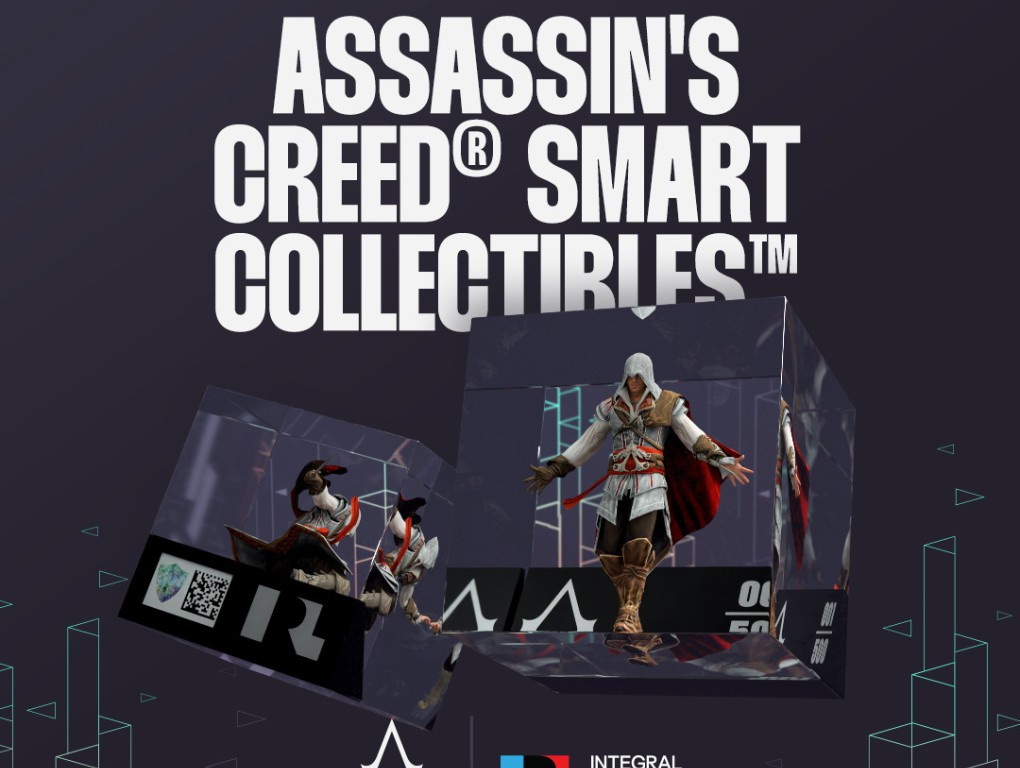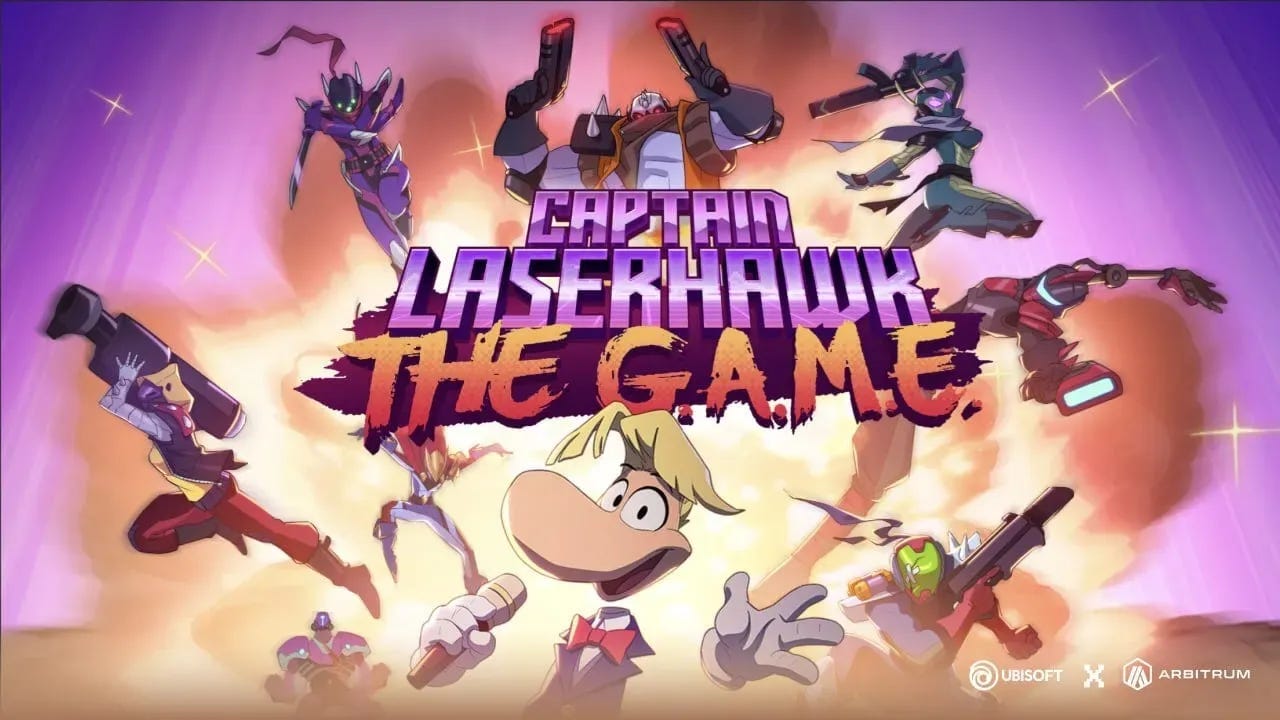Ubisoft’s Blockchain Timeline: A Detailed History of Web3 Game Experiments
Rabbids’ slapstick humor appealed to casual collectors, avoiding hardcore gamer pushback
Introduction
Ubisoft, a pioneer in mainstream gaming, has methodically explored blockchain integration since 2021, balancing innovation with community backlash. This paper charts its Web3 journey-from divisive NFT cosmetics in Ghost Recon Breakpoint to strategic partnerships in Might & Magic: Fates-revealing a nuanced shift from aggressive monetization to player-centric ecosystems.
I. Ghost Recon Breakpoint & Ubisoft Quartz (December 2021)
The NFT Beta That Sparked Outrage
Ubisoft’s blockchain debut began with Ubisoft Quartz, a platform distributing "Digits"-playable NFTs in Ghost Recon Breakpoint. Key features:
Energy-Efficient NFTs: Digits utilized Tezos’ Proof-of-Stake blockchain, contrasting Bitcoin’s energy-intensive model.
Serialized Scarcity: Items like the "Wolves" M4A1 skin bore unique serial numbers and ownership histories.
Free Drops for Loyal Players: Initial Digits required 100–600 gameplay hours, targeting dedicated users.
Reception: Gamers criticized Quartz as exploitative, with Reddit threads decrying "anti-consumer" design. Despite this, Ubisoft framed it as "player empowerment," though Breakpoint’s NFT support ended four months post-launch.
II. Assassin’s Creed Smart Collectibles (May 2023)
Bridging Digital and Physical Ownership
Partnering with Integral Reality Labs, Ubisoft launched Assassin’s Creed Smart Collectibles on Polygon:
Hybrid NFTs: "Digital Souls" linked to 3D-printed cubes with NFC chips, merging physical/digital ownership.
Customization & Rarity: Higher-tier NFTs offered gear customization, redeemable as physical keepsakes.
Piece of Eden Passes: 1,500 NFTs granted access to future drops, blending utility with exclusivity.
Reception: Mixed. Collectors praised innovation, but gamers questioned relevance to core AC titles.
III. Champions Tactics: Grimoria Chronicles (October 2024)
A Blockchain Tactical RPG on Oasys
Ubisoft Paris’ experimental PvP-RPG leveraged Oasys’ gaming-optimized blockchain:
NFT Champions: Players bought/traded hero NFTs ($7–$63,000), used in turn-based squad battles.
Forge System: Players crafted NFTs via resource burning, introducing sink mechanics.
Reception: Niche appeal. Critics noted high entry costs, but Web3 enthusiasts praised asset ownership depth.
IV. Watch Dogs x Cross the Ages (March 2024)
Card Battles Meet Ubisoft’s Open-World IP
Collaborating with Immutable X-powered Cross the Ages, Ubisoft integrated Watch Dogs cards:
Interoperable NFTs: Aiden Pearce cards usable across Cross the Ages’ multiverse.
$12M Strategic Investment: Ubisoft backed Cross the Ages’ vision for cross-franchise NFT utility.
Reception: Seen as low-risk brand extension, avoiding direct gameplay interference.
V. Rayman Rabbids on VeVe (June 2024)
Digital Collectibles for Casual Audiences
Ubisoft licensed Rabbids to VeVe, a mobile-first digital collectibles platform:
Blind Box Drops: Series 1 (2023) and Series 2 (2024) sold 1,006–4,006 editions at $20–$100.
Cultural Nostalgia: Rabbids’ slapstick humor appealed to casual collectors, avoiding hardcore gamer pushback.
Reception: Successful among VeVe’s collector base, with 250,000+ combined mints.
VI. Captain Laserhawk: The G.A.M.E. (December 2024)
A Web3 Crossover Shooter on Arbitrum
Developed with Arbitrum Foundation, this top-down shooter unified Ubisoft IPs:
Cross-Franchise NFTs: Playable characters from multiple Ubisoft IPs.
Layer-2 Scalability: Arbitrum’s low fees enabled microtransactions for skins and power-ups.
Reception: Lukewarm. Praised for fan service but criticized for shallow Web3 integration.
VII. Might & Magic: Fates (April 2025)
Free-to-Play Card Strategy on Immutable zkEVM
Ubisoft’s latest blockchain experiment, Might & Magic: Fates, is a free-to-play card strategy game developed in partnership with IMX:
Ownership via Gameplay: Players earn cards through progression or trade them.
No Competitive Advantage: NFTs are cosmetic or grant non-combat perks (e.g., alternate card art).
Reception: Cautious optimism. Seen as Ubisoft’s maturation into "Web2.5" hybrid models.
Analysis: Ubisoft’s Strategic Pivot
From Exploitation to Empowerment: Early NFT pushes (Quartz) faced backlash, while later projects (Fates) emphasized optional ownership.
Diversified Approaches: Hybrid collectibles (AC), licensed IP (Rabbids), and gameplay-lite experiments (Cross the Ages) mitigated risk.
Blockchain as Infrastructure: Partnerships with Tezos, Polygon, and Immutable reflect prioritization of scalability over ideology.
Conclusion: The Cautious Web3 Pioneer
Ubisoft’s blockchain journey reveals a studio balancing innovation with brand preservation. While missteps like Quartz drew ire, iterative learning birthed models aligning NFT utility with player agency. As Might & Magic: Fates launches, Ubisoft signals that Web3’s future lies not in disruption, but gradual, player-centric evolution.
Timeline Summary
Dec 2021: Ghost Recon Quartz (Tezos)
May 2023: Assassin’s Creed Smart Collectibles (Polygon)
Oct 2024: Champions Tactics (Oasys)
Mar 2024: Watch Dogs x Cross the Ages (Immutable X)
Mar 2023–Jun 2024: Rabbids on (VeVe)
Dec 2024: Captain Laserhawk (Arbitrum)
Apr 2025: Might & Magic: Fates (IMX zkEVM)





